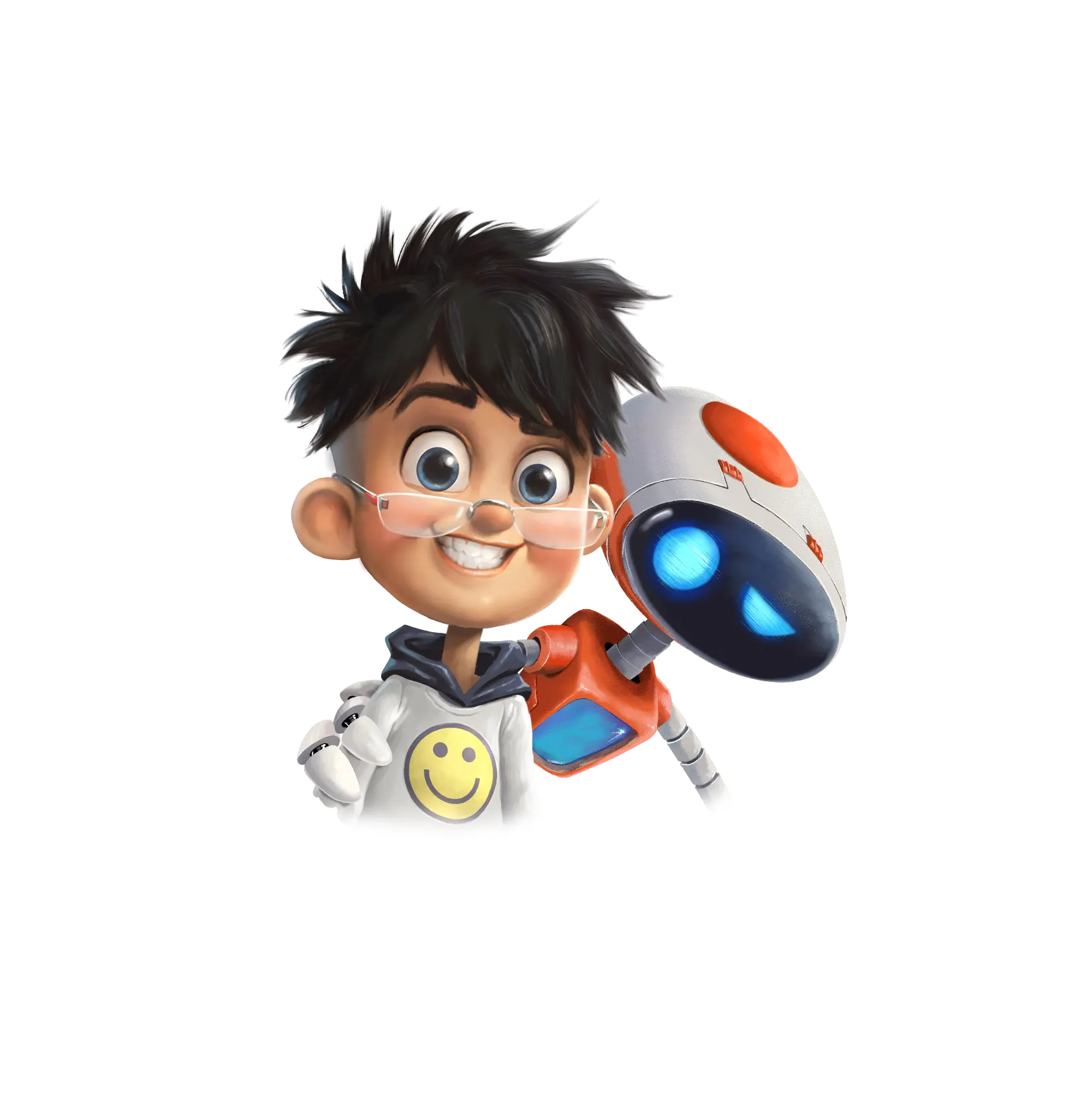The technological revolution has changed how things are done, and this is not just in the manufacturing sector, but in education as well. While many people have always associated the advancement in technology with everything bad in education, the truth is entirely different. Critical scrutiny of the impact of interactive learning apps and games in education has revealed amazing development both in the quality of education and teaching.
Engaged and interactive society
Interactive learning apps and games are an essential component of a child’s development. Unlike the traditional textbooks and whiteboards, the apps and games engage the child’s mind, making him more active when learning. Note that there are apps for all levels of learning, and also for the various skill levels. This is made possible through various techniques such as video tutorials, Qs and As, and many others.
Learning can happen outside of class
With the coming of learning apps as well as games, students now know the benefits of continuing with their studies even after school hours. Millions of downloads are witnessed every year, suggesting how important these apps can be when it comes to helping students retain essential notes and other learning materials.
Individually focused learning
Each pupil has his/her way of learning, and their retention capacity can best define this. Not all students retain content in the same where hence the disparity in pupils’ performance even though the teacher can be the most effective. The inability of the teacher to focus solely on the needs of one pupil can be hampered by the need for other students to get the teacher’s attention as well. For this reason, the apps and games play a critical role in helping children get individually focused learning.
Truth be told, technological advancements have really improved how learning is done, moving it out of class to a more individual level, where children can learn even when doing other house chores. It is easy to create interactive apps and games. Just contact: Prayan Infotech




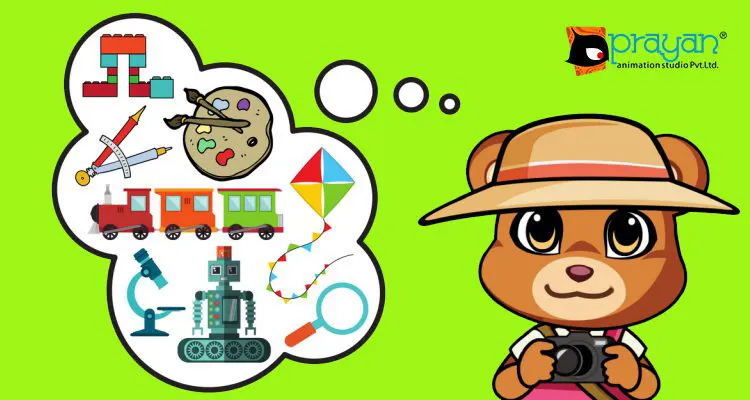

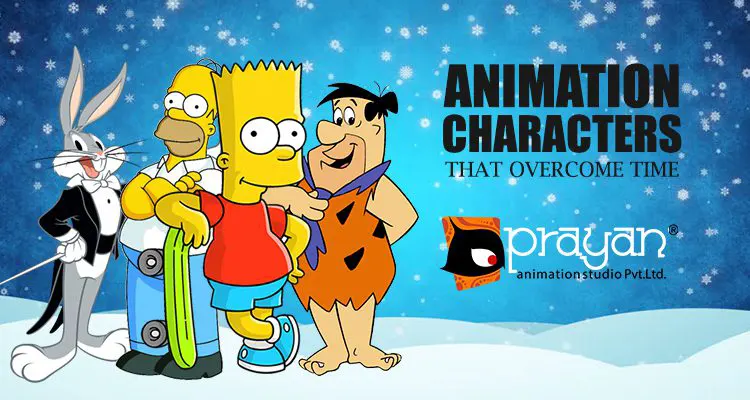


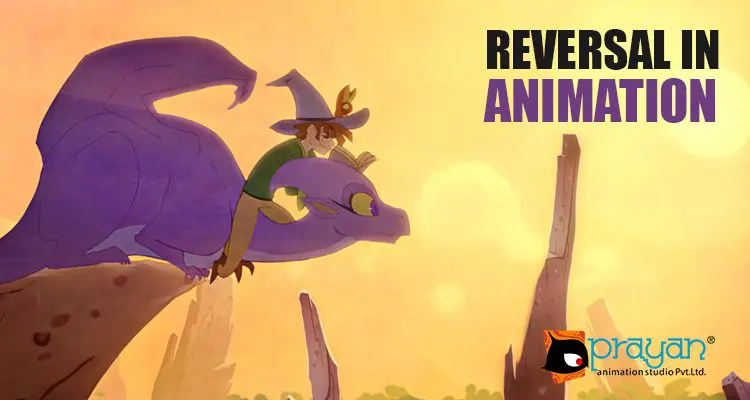
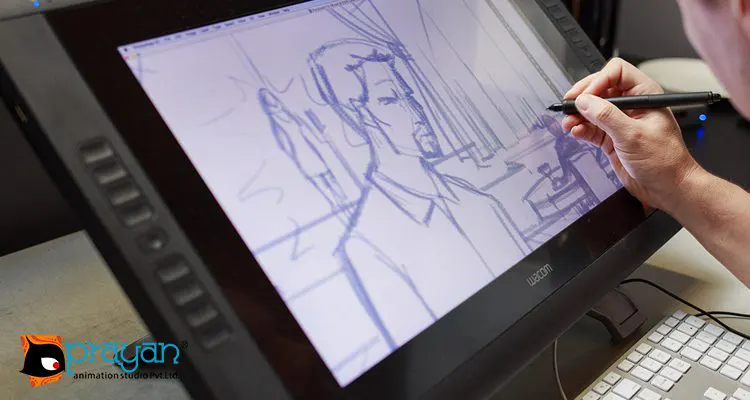





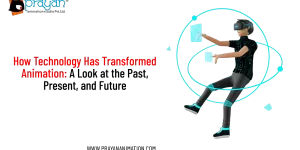



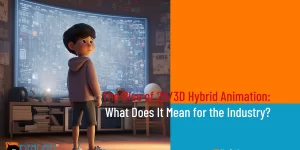


 We can help you.
We can help you. 


